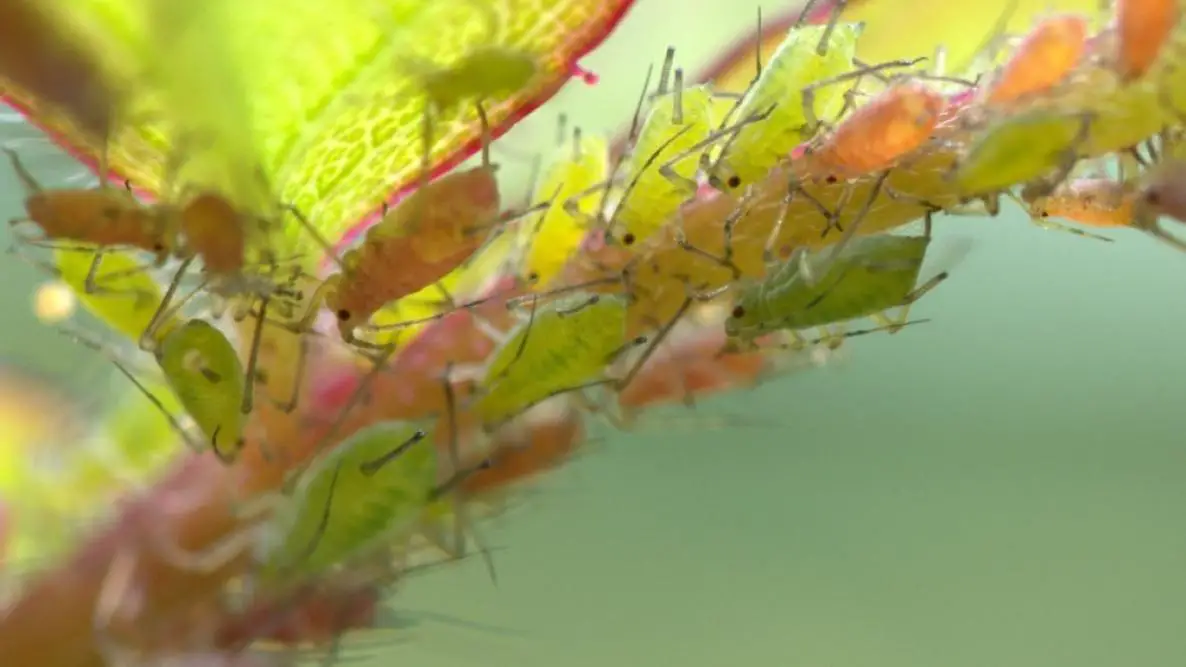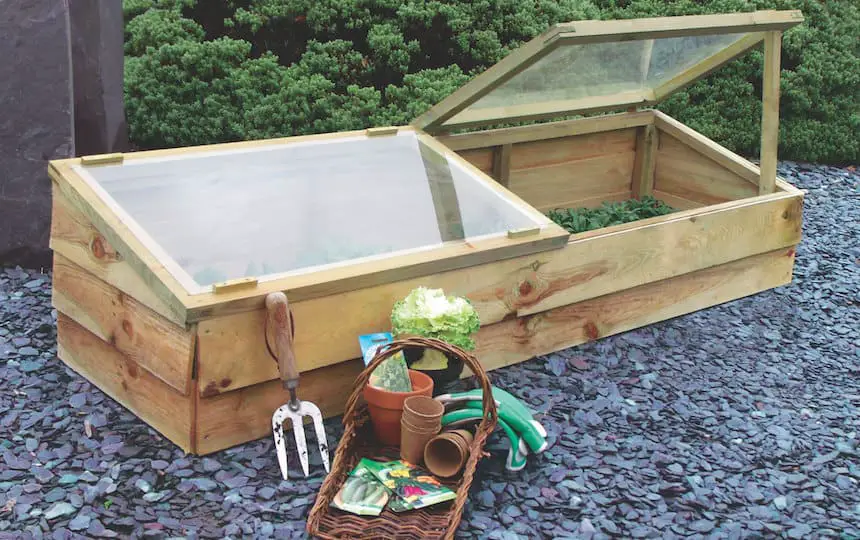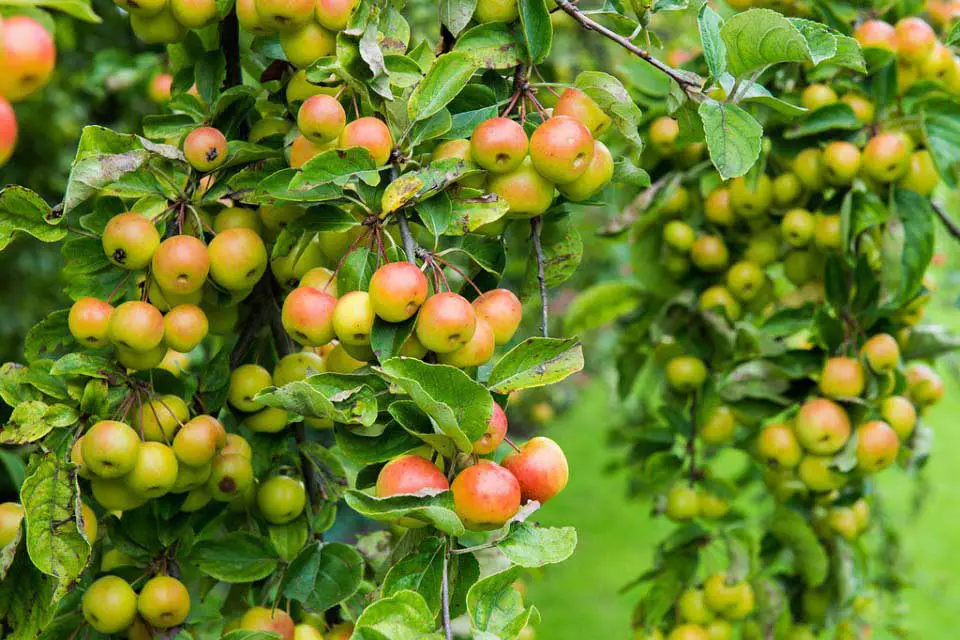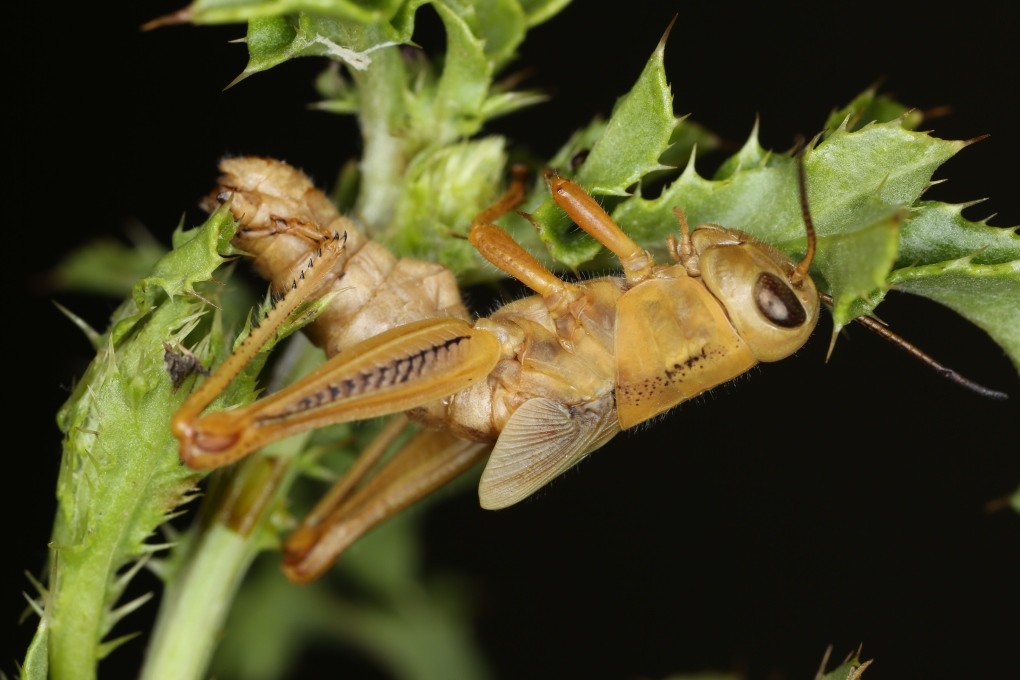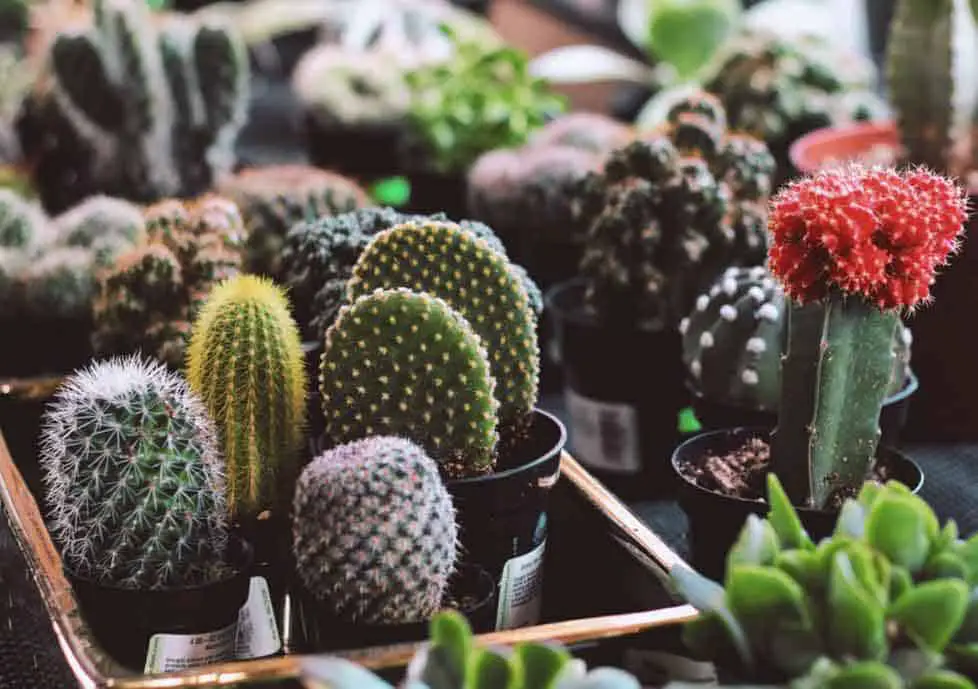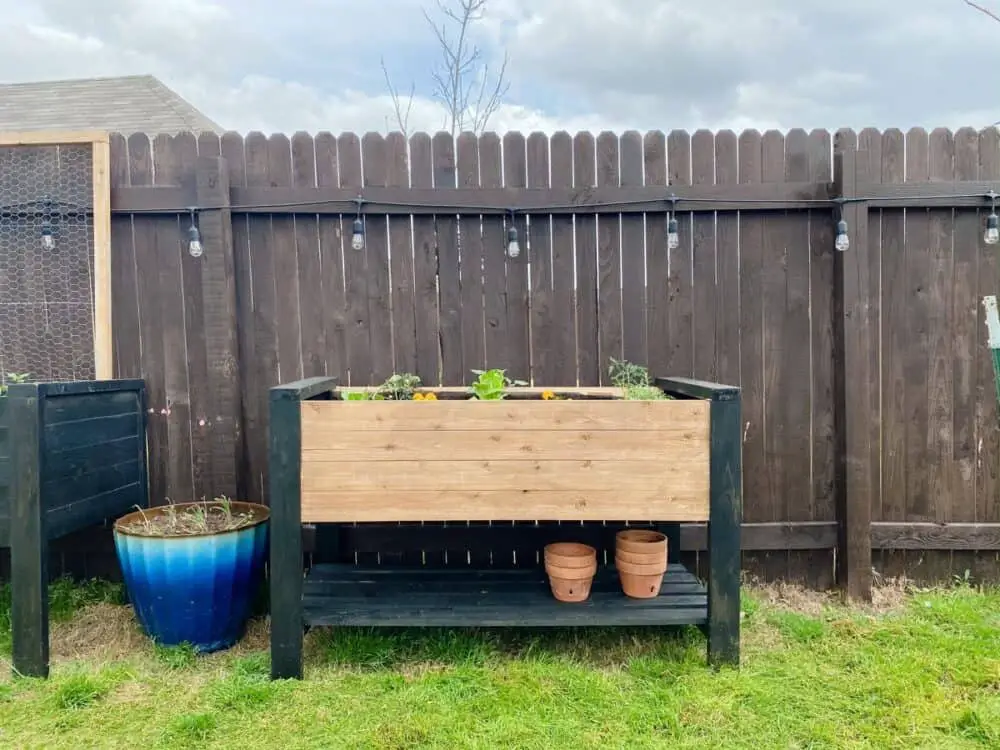How to Treat Aphids Naturally
Aphids, sap-sucking insects that feed on sap from plants, can quickly damage and stunt them. Furthermore, they inject toxins that cause curling leaves and overall discoloration to spread throughout their host plants. An intense blast of water from your garden hose can quickly dislodge aphids from plants, dislodging their eggs as well. Be sure to …

